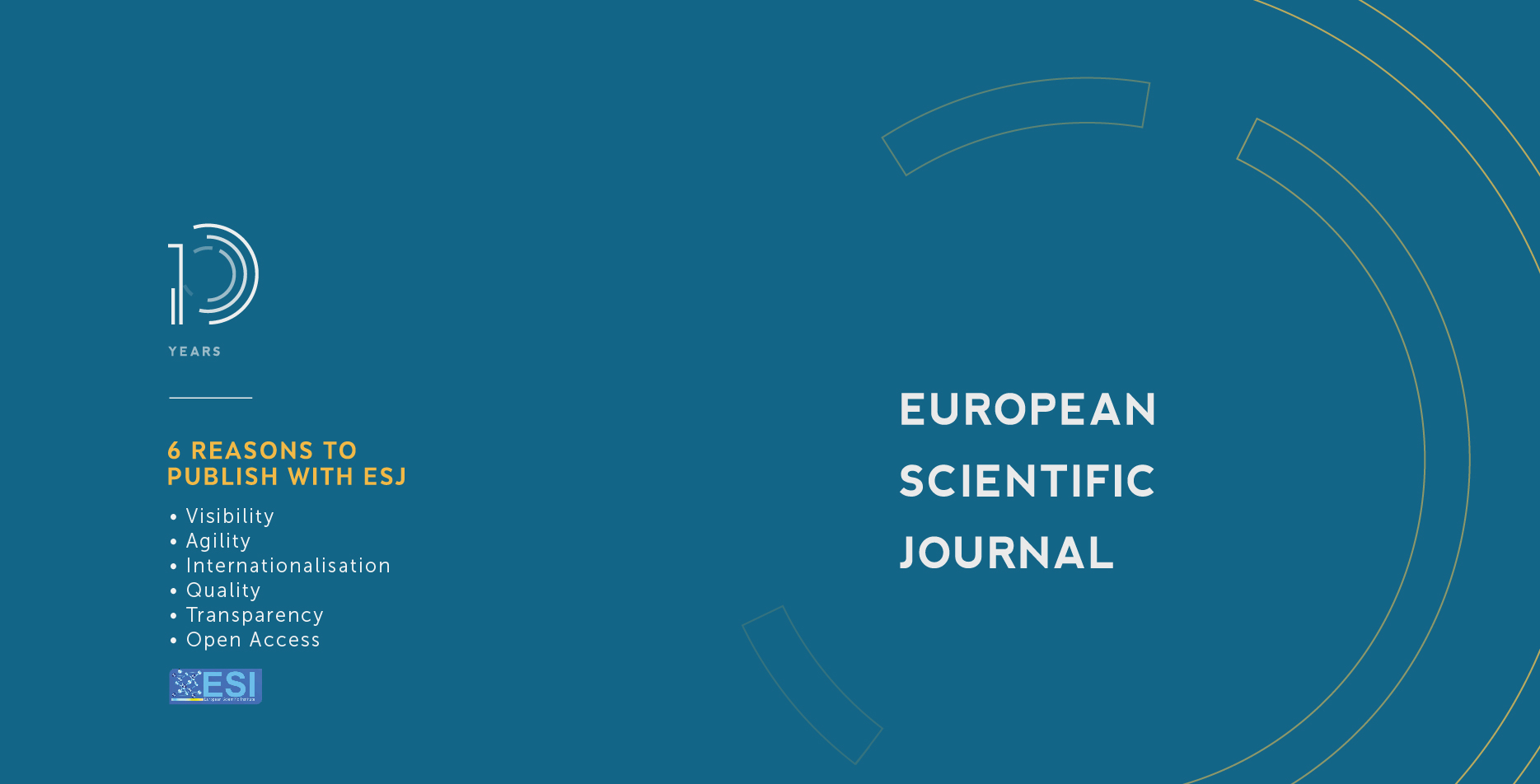Prevalence Des Infections Parasitaires Dues Aux Protozoaires Identifies Au Laboratoire National De Biologie Clinique Et De Sante Publique, Bangui Republique Centrafricaine
Abstract
Les Protozoaires sont des parasites de petite taille, de forme diverses parmi lesquels on distingue les Protozoaires intestinaux (Amibes, Flagellés, Coccidies, Ciliés et Microsporidies) qui sont les plus répandus. Selon l’OMS, les parasitoses intestinales constituent un problème de santé publique dans le monde en général et en Afrique en particulier. Les formes graves sont généralement provoquées par certains protozoaires intestinaux à savoir Entamoeba histolytica, Giardia intestinalis et Trichomonas intestinalis qui jouent un rôle dans la survenue du syndrome dysentérique. C’est dans ce contexte que cette étude est menée dans l’objectif est d’évaluer la prévalence des Protozoaires digestifs selon leur degré de pathogénicité chez les patients. La mise en évidence des parasites a été effectuée par la technique de Formolether et de l’examen à l’état frais. Cette étude a montré que sur 11500 patients, 3922 soit 34,1% étaient parasités. Parmi les patients parasités le sexe féminin était prédominant avec un pourcentage de 57,51%. La tranche d’âge la plus touchée est celle comprises entre 20 à 29 ans (39,4%), les enfants de moins de 1 an étaient moins touchés (1,2%). Le parasite le plus représentatif est le kyste d’Entamoeba histolytica 30,40% suivi de Trichomonas intestinalis 1,4%. L’amibiase, la giardiose et la trichomonose restent les protozooses les plus pathogènes associées à l’hygiène défectueuse et du péril fécal.
Protozoa are parasites of small size, of various shapes, among which we distinguish the intestinal Protozoa (Amoeba, Flagellates, Coccidia, Ciliates and Microsporidia) which are the most widespread. According to WHO, intestinal parasitosis is a public health problem in the world in general and in Africa in particular. The severe forms are generally caused by certain intestinal protozoa namely Entamoeba histolytica, Giardia intestinalis and Trichomonas intestinalis which play a role in the occurrence of dysenteric syndrome. It is in this context that this study is being carried out with the objective of assessing the prevalence of digestive protozoa according to their degree of pathogenicity in patients. The detection of the parasites was carried out by the formalin-ether technique and the examination in the fresh state. This study showed that out of 11,500 patients, 3,922 or 34.1% were parasitized. Among the parasitized patients the female sex was predominant with a percentage of 57.51%. The most affected age group is between 20 to 29 years old (39.4%), children under 1 year old were less affected (1.2%). The most representative parasite is the Entamoeba histolytica cyst 30.40% followed by Trichomonas intestinalis 1.4%. Amebiasis, giardiasis and trichomoniasis remain the most pathogenic protozoa associated with poor hygiene and faecal hazard.
Downloads
Metrics
PlumX Statistics
Copyright (c) 2021 Ernest Lango-Yaya, Donatien Clotaire Rafai, Tatiana Ngalema, Freddy Marcelin Agboko, Romaric Lebon Bondom, Marcellin Namzeka

This work is licensed under a Creative Commons Attribution-NonCommercial-NoDerivatives 4.0 International License.








